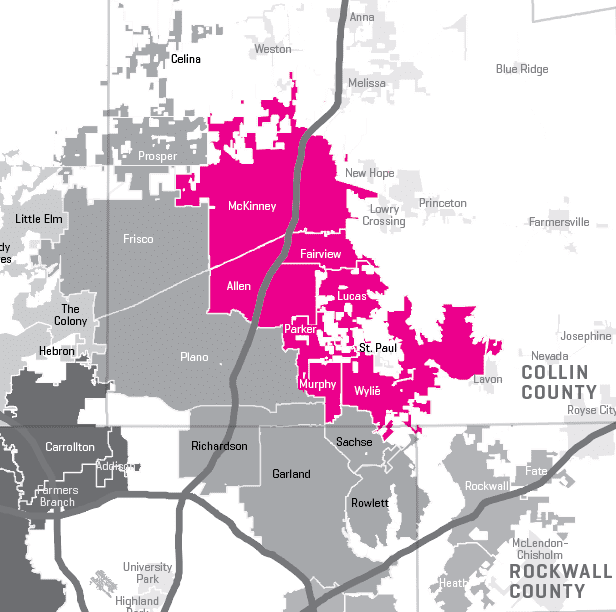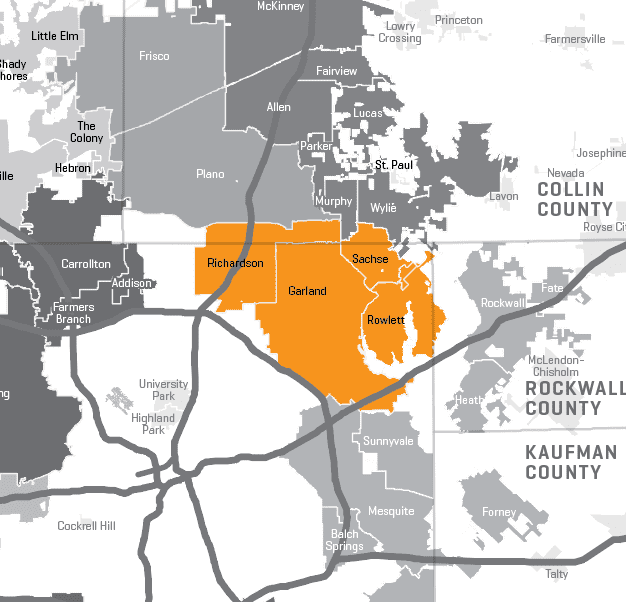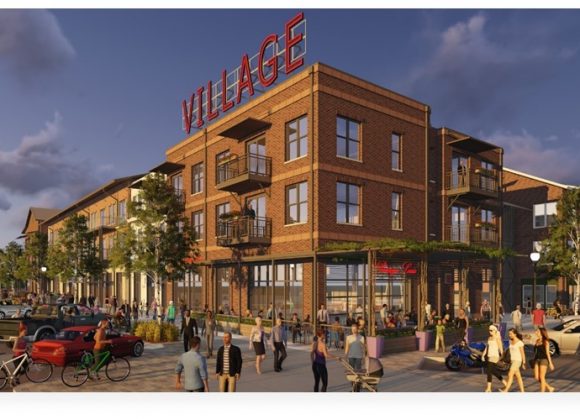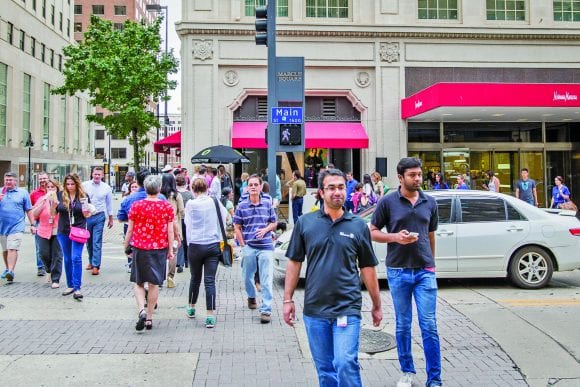City: Dallas
Neighborhood: Oak Lawn
Company/Title: Dallas Summer Musicals, Director of Individual Giving
When did you move here? Where from?
I relocated to Dallas in April 2018. I previously resided in Omaha, where I was the associate director of development, donor relations at Omaha Performing Arts.
Where else have you lived?
I was born and raised in Pittsburgh and New York City. I went to college and graduate school in the greater Washington, D.C. area.
What made you Say Yes to Dallas?
I have a BFA in Musical Theatre, an MS in Arts Management and a Certificate of Fundraising Management. The performing arts has always been my passion. With Dallas Summer Musicals’ recent partnership with Broadway Across America, and with one of the largest Broadway touring venues in the country – The Music Hall at Fair Park – the opportunity to relocate to Dallas for a newly created position was one I couldn’t pass up.
How did you choose where to live in the Dallas Region?
Honestly, on a whim! My partner Jimy and I love Oak Lawn because of the walkability to restaurants and nightlife, and because it provides a dog-friendly neighborhood for our three fur babies. It’s also less than 20 minutes, with minimal traffic during rush hour, to my office in Fair Park.
Tell us about your city/neighborhood. What do you like best? What makes it different?
I like that Dallas (and specifically, Oak Lawn) is not only diverse, but also equitable and inclusive. I often say to friends from the northeast that Dallas is the most diverse place I’ve ever lived—including NYC.
What advice would you give to someone who wants to move here?
Go out and do something new every chance you get. The museums, arts, food, culture, and recreation are why Dallas is a desirable, economical, cosmopolitan city.
How has your opinion of the Dallas Region changed since moving here?
I really had no idea how expansive the city was. It’s sprawling.
Tell us about the work environment here.
I am passionate about the arts and its role in understanding the human condition. Standing in the back of a dark theater at the end of the day, watching a child’s immersion as they watch “The Lion King” or “Beauty and the Beast” live on stage, makes any work hardship worth it for me.
Where do you go and what do you do on the weekends or days off?
We love to barhop on Cedar Springs or take trips to visit my partner’s mom in Fort Worth.
What is your favorite outside activity, and where is your favorite place to do it?
Walking our three dogs, two dachshunds and a husky mix, in Oak Lawn.
How do you interact with your community?
I love working performances at Fair Park because I see the entire community, coming together, for a meaningful cultural experience. It’s the best.
Do you travel often? Is it easier or harder to do here?
I do! With close proximity to Love Field and DFW, transportation to Pittsburgh and New York City is a breeze.
What would you miss most about the area if you had to leave?
The diversity, equity, and inclusivity of people I interact with every day.
What is your favorite restaurant in the Dallas Region?
We love Paul Martin’s—their happy hour is terrific. We also frequent Street’s Fine Chicken and Orno.





























